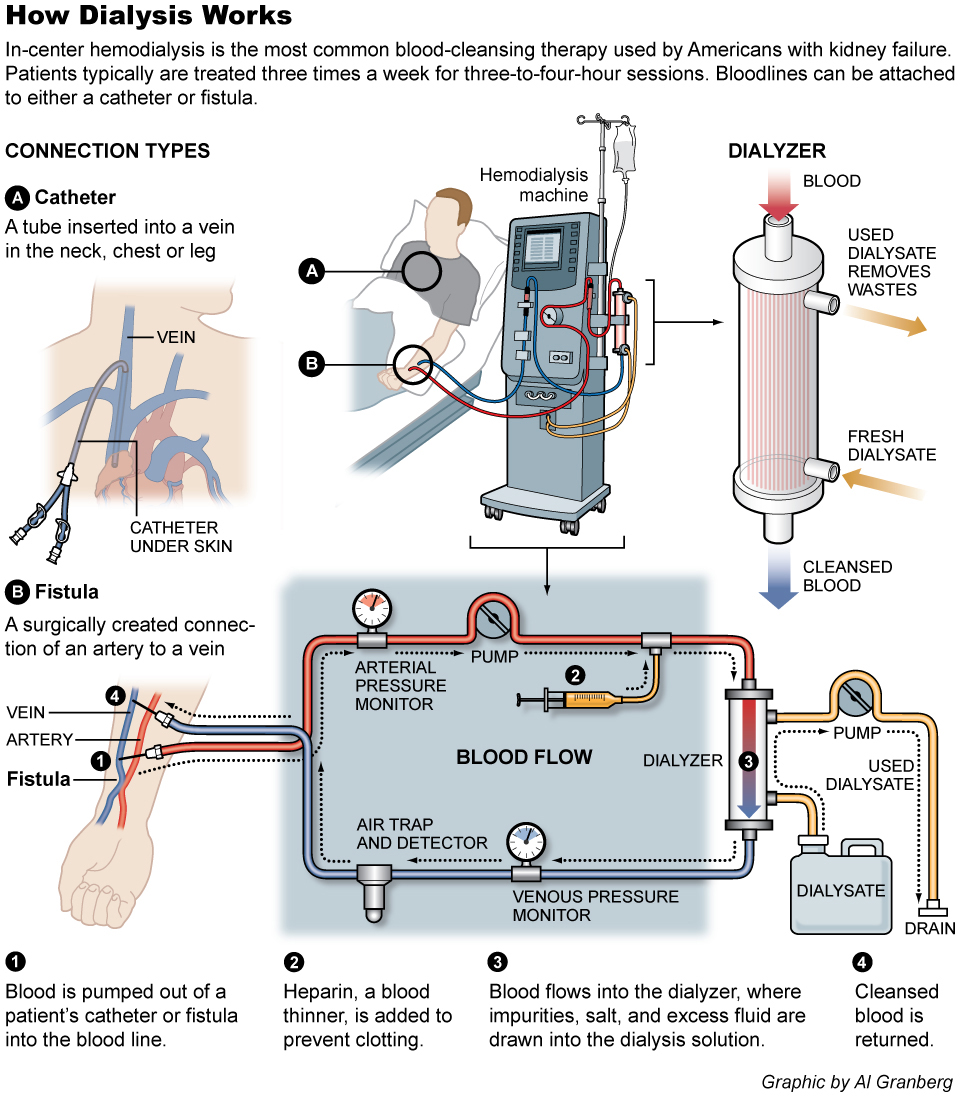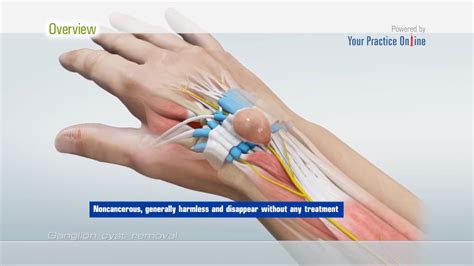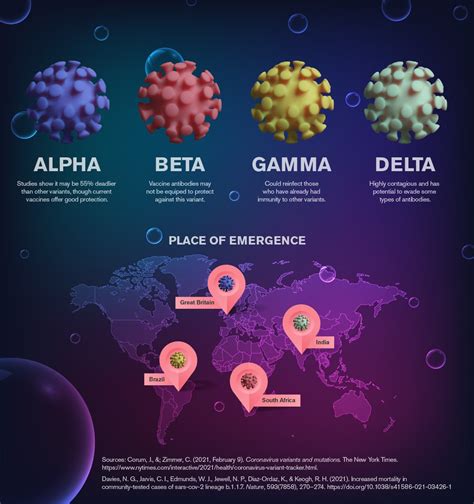The procedure of dialysis catheter placement is a critical aspect of renal replacement therapy for patients suffering from end-stage renal disease (ESRD). It involves the insertion of a catheter into a major vein, typically in the neck or chest, to facilitate dialysis, a treatment that filters and purifies the blood using a machine. This process is lifesaving for those whose kidneys have lost nearly all their ability to do this work on their own.
Understanding the Need for Dialysis Catheter Placement
Dialysis catheters are used for patients undergoing hemodialysis, one of the two primary forms of dialysis, the other being peritoneal dialysis. Hemodialysis requires access to the bloodstream so that the blood can be diverted to a dialysis machine, where it is cleansed before being returned to the body. For patients awaiting a more permanent vascular access, such as an arteriovenous fistula (AVF) or graft, or for those whose vascular condition does not allow for such access, a dialysis catheter is a viable, though generally temporary, solution.
Pre-Procedure Considerations
Before undergoing dialysis catheter placement, several factors are considered to ensure the procedure’s success and the patient’s safety. These include:
- Medical History and Current Condition: Any previous surgeries, especially those related to vascular access, and the patient’s current health status, including the presence of any infections, are crucial.
- Imaging Studies: Often, ultrasound or other imaging techniques are used to evaluate the patient’s vascular anatomy and identify the best site for catheter placement.
- Informed Consent: Patients are fully informed about the procedure, including its risks, benefits, and alternatives, and must provide consent.
Procedure for Dialysis Catheter Placement
The actual placement of a dialysis catheter is typically performed by a trained nephrologist or an interventional radiologist. The procedure can be broadly outlined as follows:
- Preparation: The patient is prepared for the procedure, which may include administering local anesthesia to minimize discomfort.
- Site Selection and Preparation: The site for catheter insertion is cleaned and prepared. The most common sites are the internal jugular vein, subclavian vein, and femoral vein.
- Catheter Insertion: Using a guidewire and a dilator, a tract is created, and the catheter is then inserted through the skin and into the vein. Real-time imaging (e.g., fluoroscopy or ultrasound) guides the placement to ensure the catheter’s tip is in the optimal position within the vein.
- Securing the Catheter: Once the catheter is in place, it is secured to prevent displacement. This may involve suturing the catheter to the skin or using a special device.
Post-Procedure Care and Considerations
After the procedure, patients are monitored for any immediate complications, such as bleeding or catheter malfunction. Instructions are provided on how to care for the catheter site to prevent infection and ensure the catheter remains functional. Regular follow-up appointments are crucial to monitor the catheter’s condition and the patient’s overall health.
Risks and Complications
While generally safe, dialysis catheter placement can be associated with several risks and complications, including:
- Infection: Bacterial colonization of the catheter can lead to infection, a serious complication.
- Thrombosis: Blood clots can form on the catheter or in the vein, potentially leading to catheter failure or more serious vascular issues.
- Mechanical Complications: Catheter malfunction, kinking, or breakage can occur, requiring intervention to repair or replace the catheter.
- Central Vein Stenosis: The catheter can cause narrowing of the veins, which may impede blood flow and lead to swelling in the affected arm.
Conclusion
Dialysis catheter placement is a complex procedure that requires careful planning, precise execution, and diligent post-procedure care. While it presents several risks, the benefits for patients requiring renal replacement therapy are undeniable. Continuous advancements in catheter design, placement techniques, and patient care aim to minimize complications and improve the quality of life for those dependent on dialysis.
FAQ Section
What are the most common complications of dialysis catheter placement?
+The most common complications include infection, thrombosis, and mechanical issues such as catheter malfunction or breakage. Regular monitoring and proper catheter care can help mitigate these risks.
How long does a dialysis catheter typically last?
+The longevity of a dialysis catheter can vary significantly among patients. On average, a well-maintained catheter can last several months to a year or more, but it depends on factors like the type of catheter, patient health, and catheter care practices.
Are there alternatives to dialysis catheters for vascular access?
+Yes, alternatives include arteriovenous fistulas (AVFs) and arteriovenous grafts (AVGs), which are considered more permanent and less prone to infection and other complications compared to dialysis catheters. However, not all patients are suitable candidates for these alternatives due to vascular health or other factors.
Advanced Insights into Dialysis Catheter Technology
The field of dialysis catheter placement and management is continuously evolving, with ongoing research aimed at developing catheters with improved biocompatibility, reduced risk of infection, and enhanced durability. The integration of antimicrobial materials, advanced catheter designs, and innovative placement techniques are among the areas of focus. As technology advances and our understanding of patient needs deepens, the goal is to create safer, more effective, and longer-lasting vascular access solutions for those undergoing dialysis.
The Role of Patient Education
Patient education plays a vital role in the success of dialysis catheter placement and ongoing dialysis treatment. Informing patients about the procedure, potential complications, and the importance of proper catheter care empowers them to take an active role in their health management. This includes recognizing signs of infection or other complications early, maintaining a healthy lifestyle, and adhering to the prescribed treatment regimen. Through education and support, patients can better navigate the challenges of dialysis and improve their overall quality of life.



